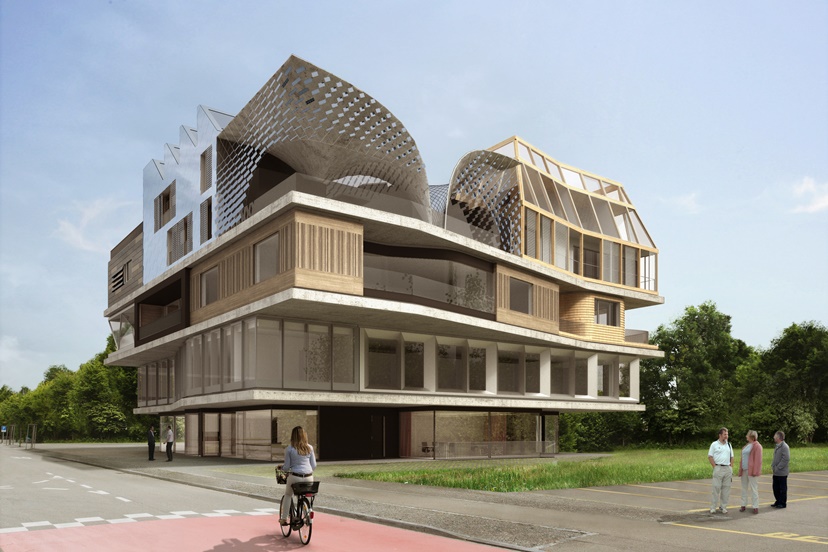sandec

In Switzerland, Sandec is undertaking its first domestic faecal sludge research thrust. Using source-separated brownwater streams from the newly constructed NEST building on Eawag’s Dübendorf campus, researchers will be able to conduct controlled dewatering studies of faecal sludge. Results from these fundamental experiments will be applied to recommend optimal dewatering and resource recovery technologies for FSM practitioners.
Context:
One of the most important treatment objectives in FSM is dewatering. FS is mainly composed of water, and water is heavy and expensive to transport. Discharging polluted water into the environment also has significant negative impacts. Dewatering FS is required prior to using it for resource recovery applications, such as composting or combustion as a fuel. Currently, there is not a complete understanding of what properties of FS influence dewatering, although from experience in the field, we know that FS does not follow the same dewatering trends as wastewater sludge. An understanding of the mechanisms behind FS dewatering would allow for the optimization of treatment plant dewatering operations and a significant cost reduction in FS treatment.
NEST WaterHub:
The NEST building opened on the Eawag/Empa campus in June 2016. This modular building provides experimental space and a living lab for applied research on building materials, energy, and water. Individual research modules can be plugged into the backbone of the NEST building in order to test different innovative building concepts. Waste streams from the sanitation infrastructure are separated at the source and brownwater, urine, and greywater are piped separately to the basement, where resource recovery-oriented sanitation technologies will be directly tested in the WaterHub lab.
For more information on the NEST building: www.nest.empa.ch
For more information about NEST WaterHub: www.eawag.ch/waterhub
